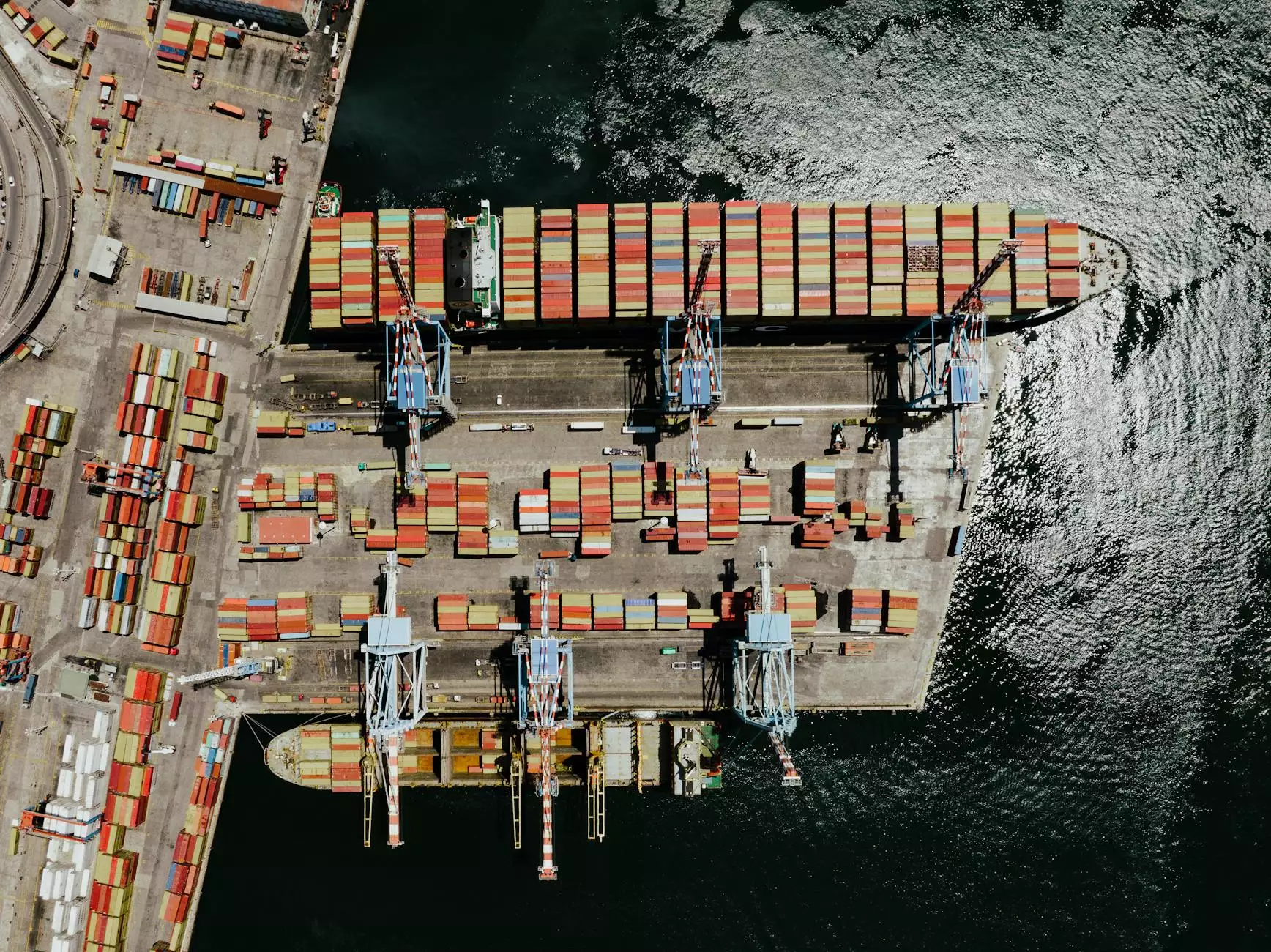Understanding Air Freight Costs: Essential Insights for Businesses

In today's fast-paced global economy, air freight plays a crucial role in transporting goods efficiently across vast distances. As businesses increasingly rely on expedited shipping to meet customer demands, understanding air freight costs becomes essential. This comprehensive guide delves deep into the factors influencing air freight pricing, how to manage these costs effectively, and strategic approaches to optimize your logistics.
The Significance of Air Freight in Modern Business
Air freight is more than just a transportation method; it's a lifeline for many businesses that require speed and reliability. The ability to deliver products quickly can set a business apart from its competitors, particularly in industries where time-sensitive deliveries are critical. For instance:
- Manufacturing: Just-in-time production relies on reliable shipments.
- E-commerce: Fast delivery can enhance customer satisfaction and build loyalty.
- Pharmaceuticals: Timely transport can be a matter of life and death, especially for perishable products.
Factors Affecting Air Freight Costs
Air freight costs can fluctuate significantly based on various factors. Understanding these elements can help businesses budget effectively and negotiate better rates with logistics providers.
1. Weight and Volume
The weight and dimensions of a shipment are primary determinants of air freight costs. Carriers often charge based on the greater of the actual weight or the volumetric weight (dimensional weight). The formula for calculating volumetric weight is:
Volumetric Weight = (Length x Width x Height) / Dimensional Factor
Different carriers utilize different dimensional factors, so it's crucial to check these before shipping.
2. Distance and Route
The air freight cost also varies based on the distance between the origin and destination. Routes with high demand and traffic may command lower prices due to competition, while remote routes could be more expensive. Additionally, political or environmental factors affecting certain regions may influence pricing.
3. Type of Goods
The nature of the goods being transported can impact air freight pricing significantly. For example:
- Dangerous goods: Require special handling and paperwork, often leading to increased costs.
- Valuable items: May incur higher insurance costs.
- Temperature-sensitive products: Require specialized equipment which can add to the overall cost.
4. Seasonal Demand
Air freight rates often fluctuate with the seasons. Peak seasons, such as holidays or major sales events, typically see an increase in air freight costs due to heightened demand for shipping services. Businesses should plan accordingly and consider locking in rates ahead of peak periods.
5. Carrier Choice
Not all air freight carriers offer the same pricing or service quality. It's vital to choose a carrier that aligns with your business requirements. Comparing rates and services across multiple carriers can lead to substantial savings. Factors to consider include:
- Transit time
- Reputation and reliability
- Additional services offered (e.g., warehousing, tracking)
Calculating Air Freight Costs
Understanding how to calculate air freight costs can empower businesses to make informed logistics decisions. Below is a step-by-step approach:
Step 1: Determine Weight and Dimensions
Accurately weigh and measure your shipment to ensure you have the correct data for the calculations.
Step 2: Use the Carrier's Rate Sheet
Consult the current rate sheet of your chosen air freight carrier to identify applicable rates based on weight and distance.
Step 3: Consider Additional Charges
Take into account any extra fees, such as:
- Fuel surcharges
- Service fees (handling, documentation)
- Insurance costs
Step 4: Calculate the Total Cost
Add the base shipping cost to any additional fees to arrive at the total air freight cost for your shipment.









